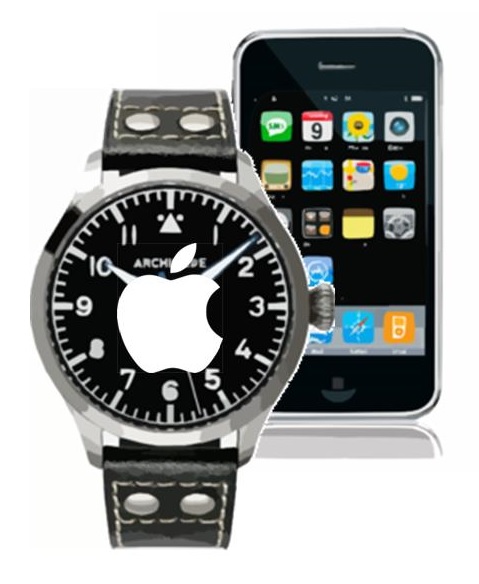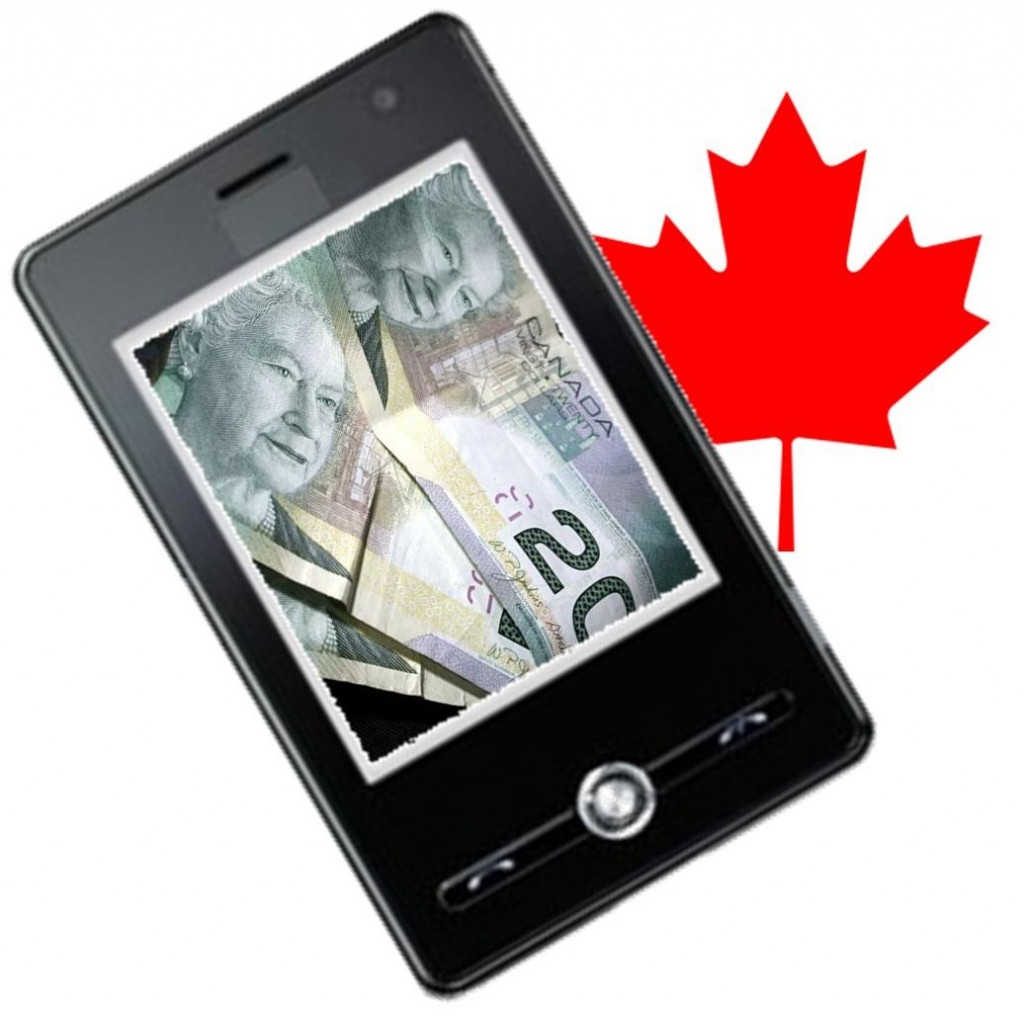This is being seen as the most compelling evidence that the device manufacturer is creating a smartwatch.
According to the latest technology news, Apple is currently actively pursuing the iWatch trademark ownership in Japan, and it has been doing so – says Bloomberg – since the beginning of June 2013.
The effort is to try to obtain protection of the name, which is being listed as a watch or handheld computer.
The California based computer and mobile device giant has filed for the iWatch trademark protection in Japan within a category that also includes both watches and handheld computers. The filing was initially made on June 3, and it was just recently made public by the Japan Patent Office. Attempts to reach an Apple spokesperson in Tokyo, Takashi Takebayashi, for a comment on the subject had not received any response at the time of the writing of this article.
That said, technology news reports are swamping the internet with claims that a touchscreen smartwatch is on its way.
 Claims from technology news sites and individuals who have access to this type of information are both reporting that Apple is coming ever closer to the mass production of a touchscreen smartwatch, which followers have been calling the iWatch for some time.
Claims from technology news sites and individuals who have access to this type of information are both reporting that Apple is coming ever closer to the mass production of a touchscreen smartwatch, which followers have been calling the iWatch for some time.
A month and a half ago, it was reported that Apple had been placing a considerable focus on being able to read an OLED screen that was only 1.5 inches. There have also been reports that there have been several assignments of the top engineers in the company assigned to building the best possible version of a smartwatch device.
According to a research report that was reported on by Bloomberg and that had been issued by a Raymond James & Associates Inc. analyst, Raymond James, “We can expect a full TV at Apple in the future, maybe a watch, and who knows what other future devices.” James went on to say that “New connected devices, whether they are TVs, cars or other devices are likely to be first adopted by high income consumers, over whom Apple dominates globally.”
Technology news has been inundated with various types of wearable mobile products but Apple always proves a leader in the headlines.
Canadians still prefer cash, but they are slowly starting to pick up their smartphones to make purchases.
According to the latest report from Technology Strategies International, a research firm, there is a very slow but upward growth of contactless mobile payments in Canada, to the degree that it will one day replace the current leader, cash.
The most recent report said that over half of Canadian smartphone owners had used their device for a transaction.
The report was called Canadian Payments Forecast – 2013 and it stated that over half of the smartphone owners in Canada had made a purchase at some point in which they used mobile payments to complete the transaction. Most of those were in the form of remote transactions, such as paying a bill through their bank’s smartphone app, or purchasing a product over the internet.
The use of mobile payments while in stores remains quite low despite the fact that remote transactions are common.
 According to the Technology Strategies International president, Christie Christelis, “The incidence of in-store payments using mobile phones is very low.” Christelis went on to explain that “But with the increasing penetration of contactless payment acceptance terminals, coupled with the proliferation of NFC (near field communications)-enabled phones, we expect that by 2017 there will be almost 3 million regular mobile payment users in Canada.”
According to the Technology Strategies International president, Christie Christelis, “The incidence of in-store payments using mobile phones is very low.” Christelis went on to explain that “But with the increasing penetration of contactless payment acceptance terminals, coupled with the proliferation of NFC (near field communications)-enabled phones, we expect that by 2017 there will be almost 3 million regular mobile payment users in Canada.”
The report indicated that the primary mobile payments growth drivers within the marketplace in Canada include higher personal spending on products and services, as well as deeper electronic payments penetration of digital transactions into areas in which checks and cash had previously dominated.
Christelis explained that over the last two years, there has been a 20 percent increase in awareness of contactless mobile payments options that are available to consumers, adding that the familiarity with contactless cards as a transaction option is growing among Canadians, and those are being used more often. In that way, contactless transactions have already been making steps toward displacing the use of cash. It is expected by the report that this will become much more significant through the use of smartphones as well as cards, for the next five years.
 Claims from technology news sites and individuals who have access to this type of information are both reporting that Apple is coming ever closer to the mass production of a touchscreen smartwatch, which followers have been calling the iWatch for some time.
Claims from technology news sites and individuals who have access to this type of information are both reporting that Apple is coming ever closer to the mass production of a touchscreen smartwatch, which followers have been calling the iWatch for some time.
 According to the Technology Strategies International president, Christie Christelis, “The incidence of in-store payments using mobile phones is very low.” Christelis went on to explain that “But with the increasing penetration of contactless payment acceptance terminals, coupled with the proliferation of NFC (near field communications)-enabled phones, we expect that by 2017 there will be almost 3 million regular mobile payment users in Canada.”
According to the Technology Strategies International president, Christie Christelis, “The incidence of in-store payments using mobile phones is very low.” Christelis went on to explain that “But with the increasing penetration of contactless payment acceptance terminals, coupled with the proliferation of NFC (near field communications)-enabled phones, we expect that by 2017 there will be almost 3 million regular mobile payment users in Canada.”